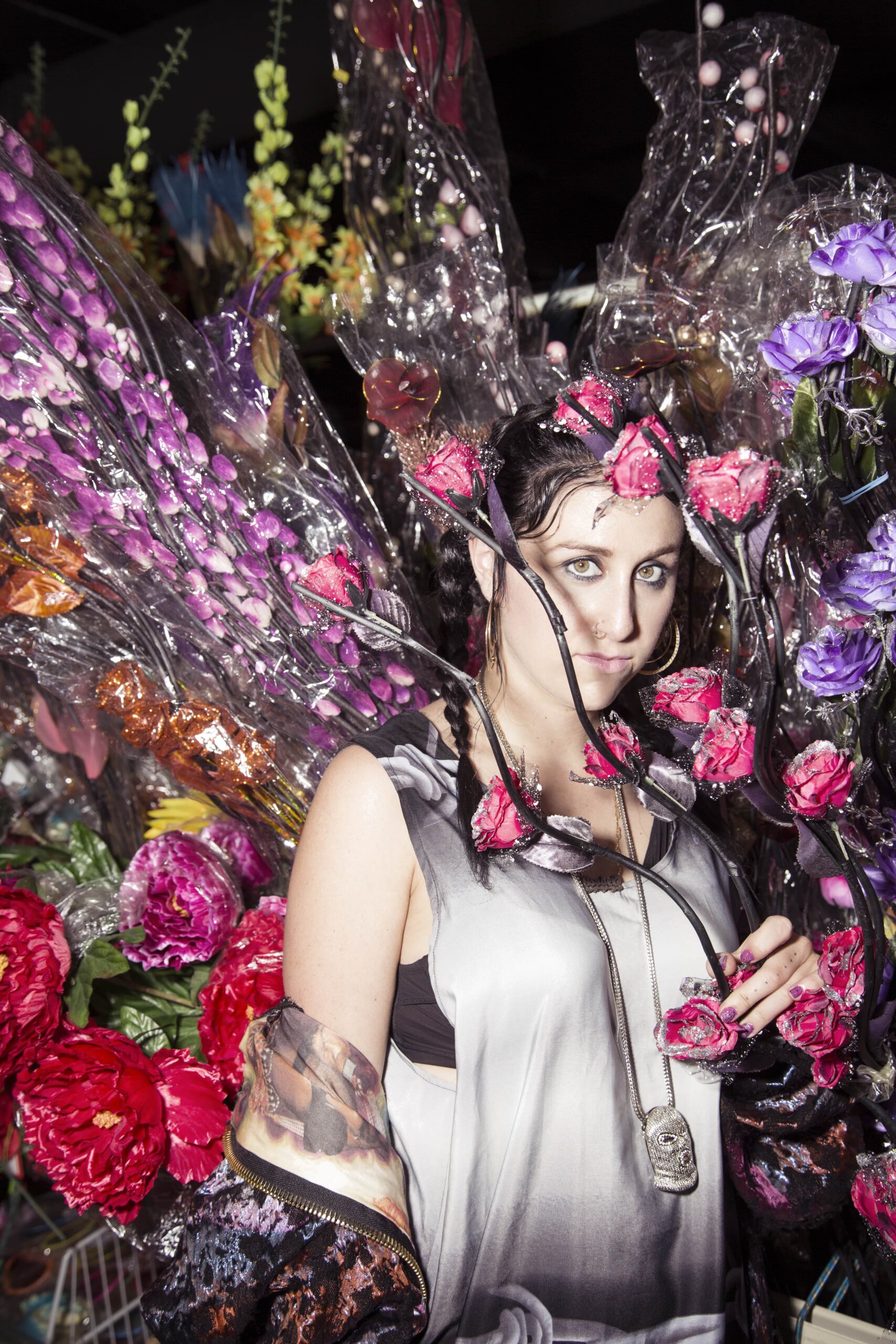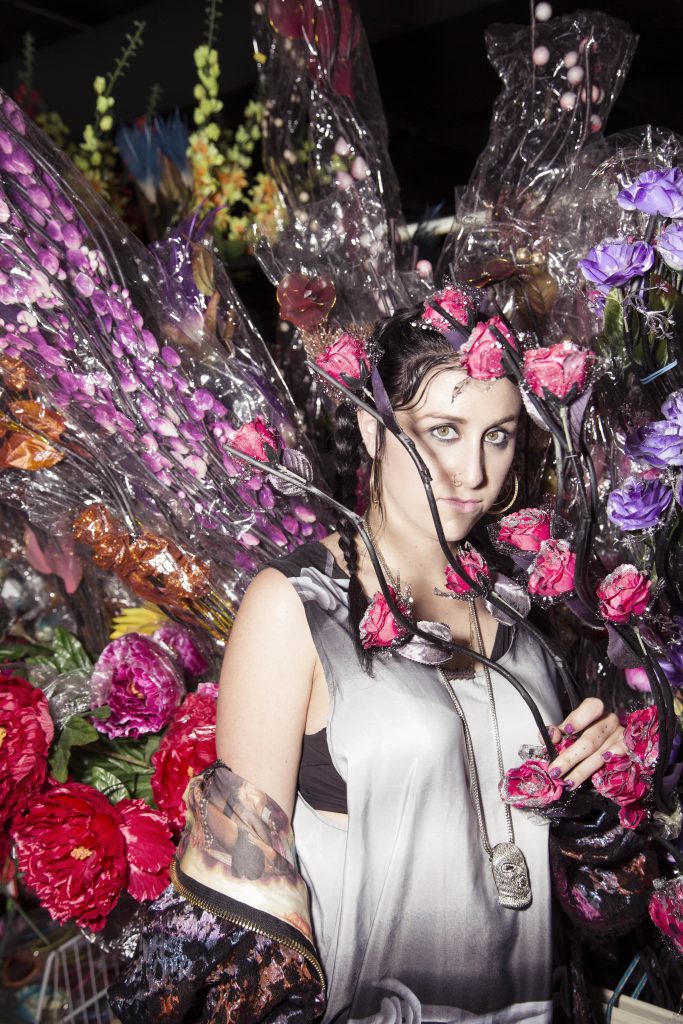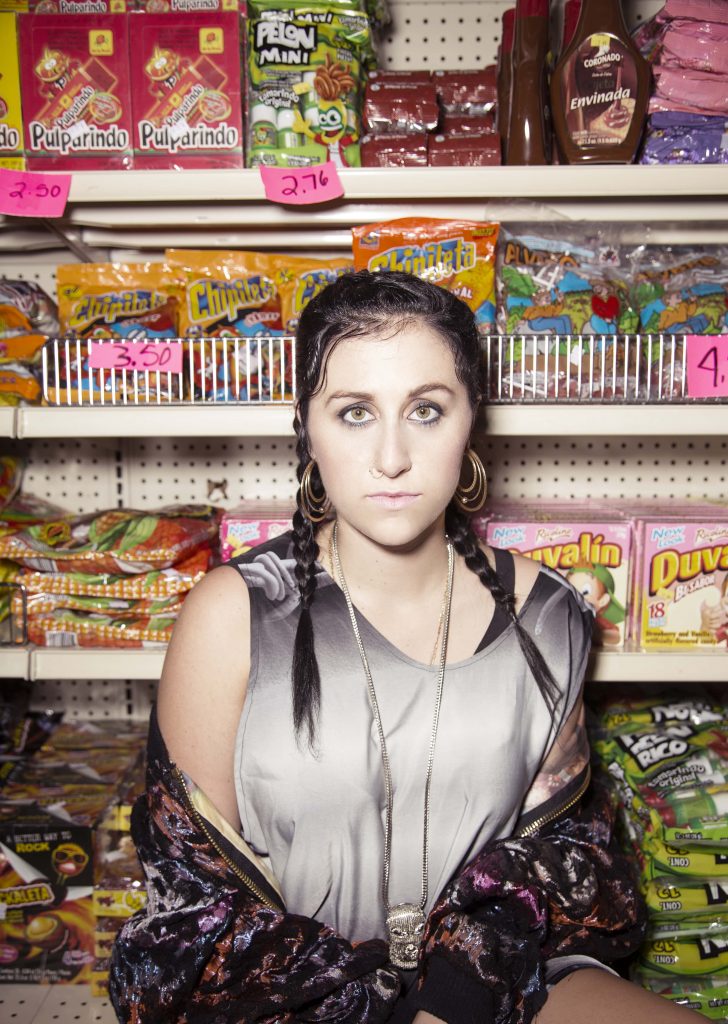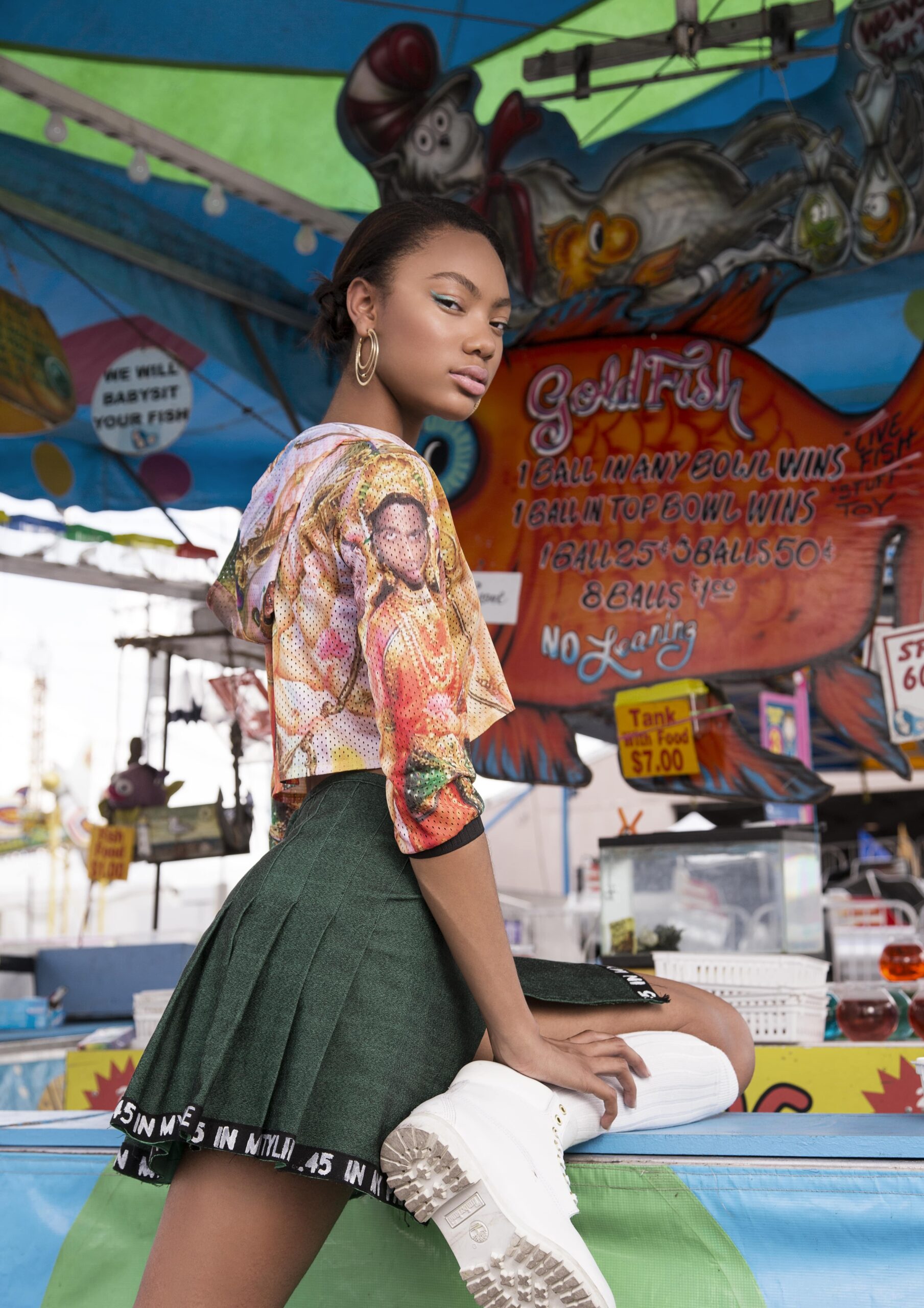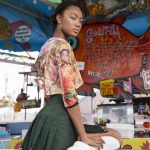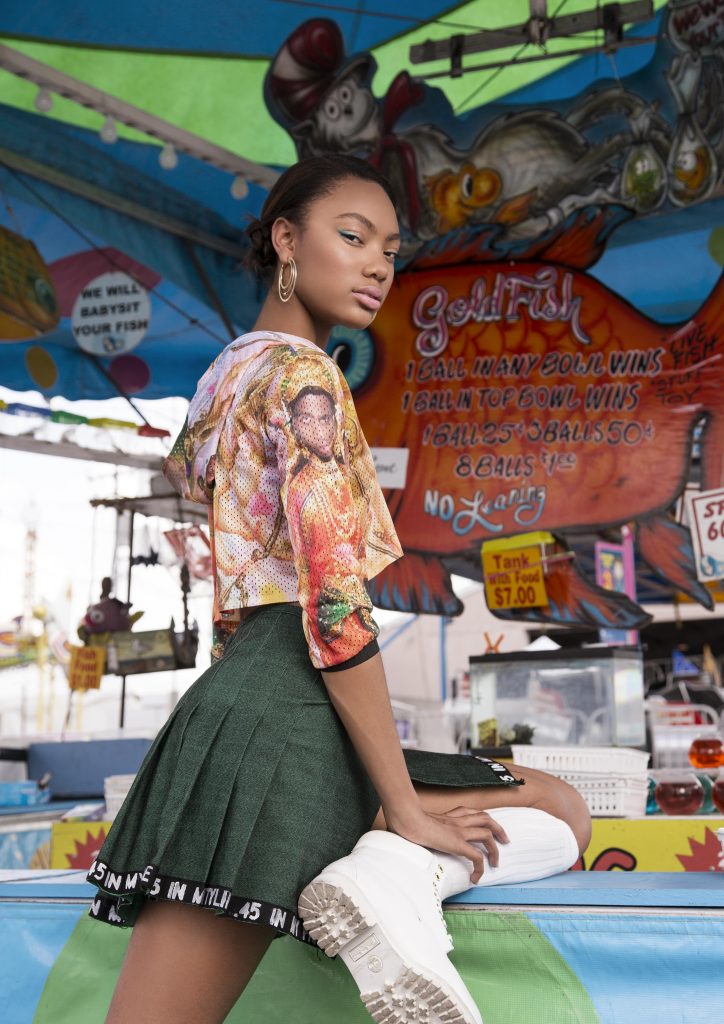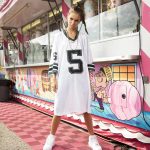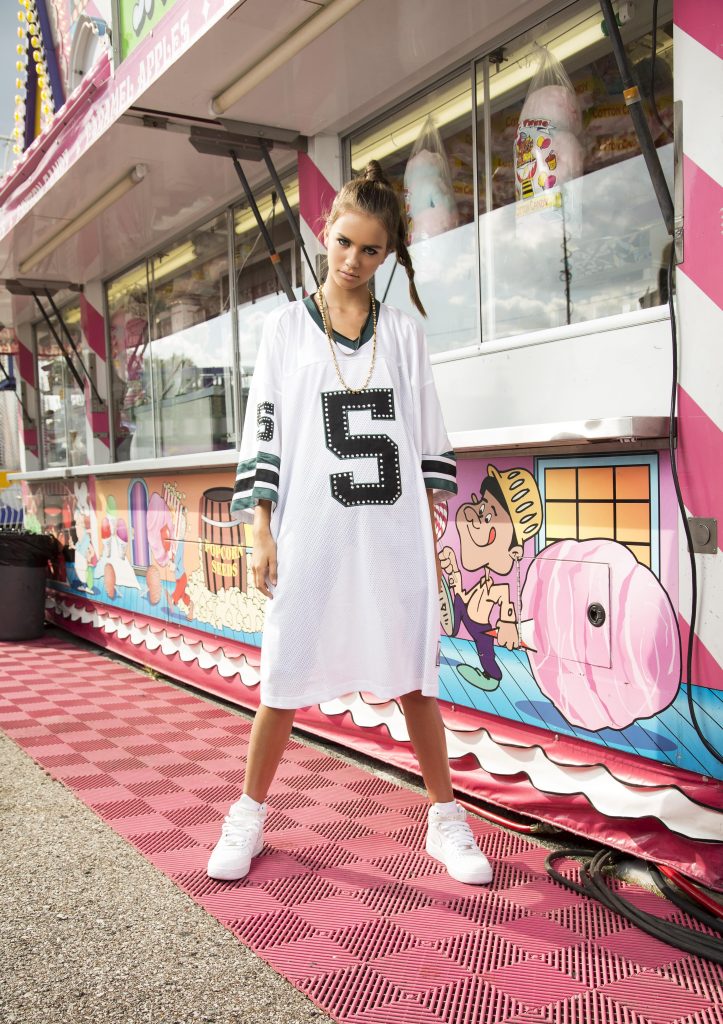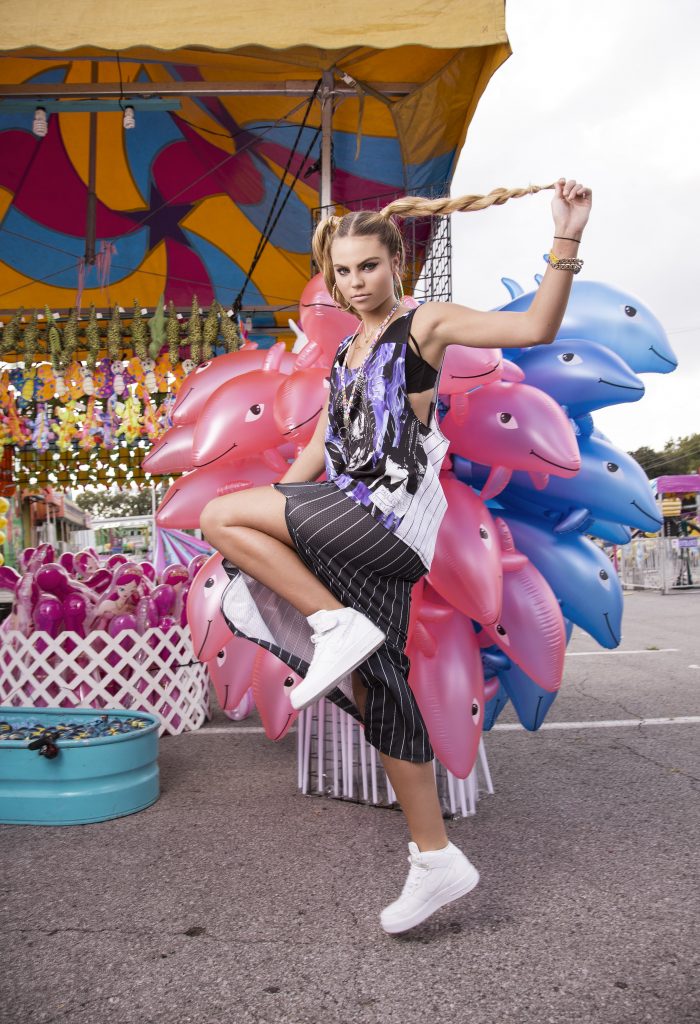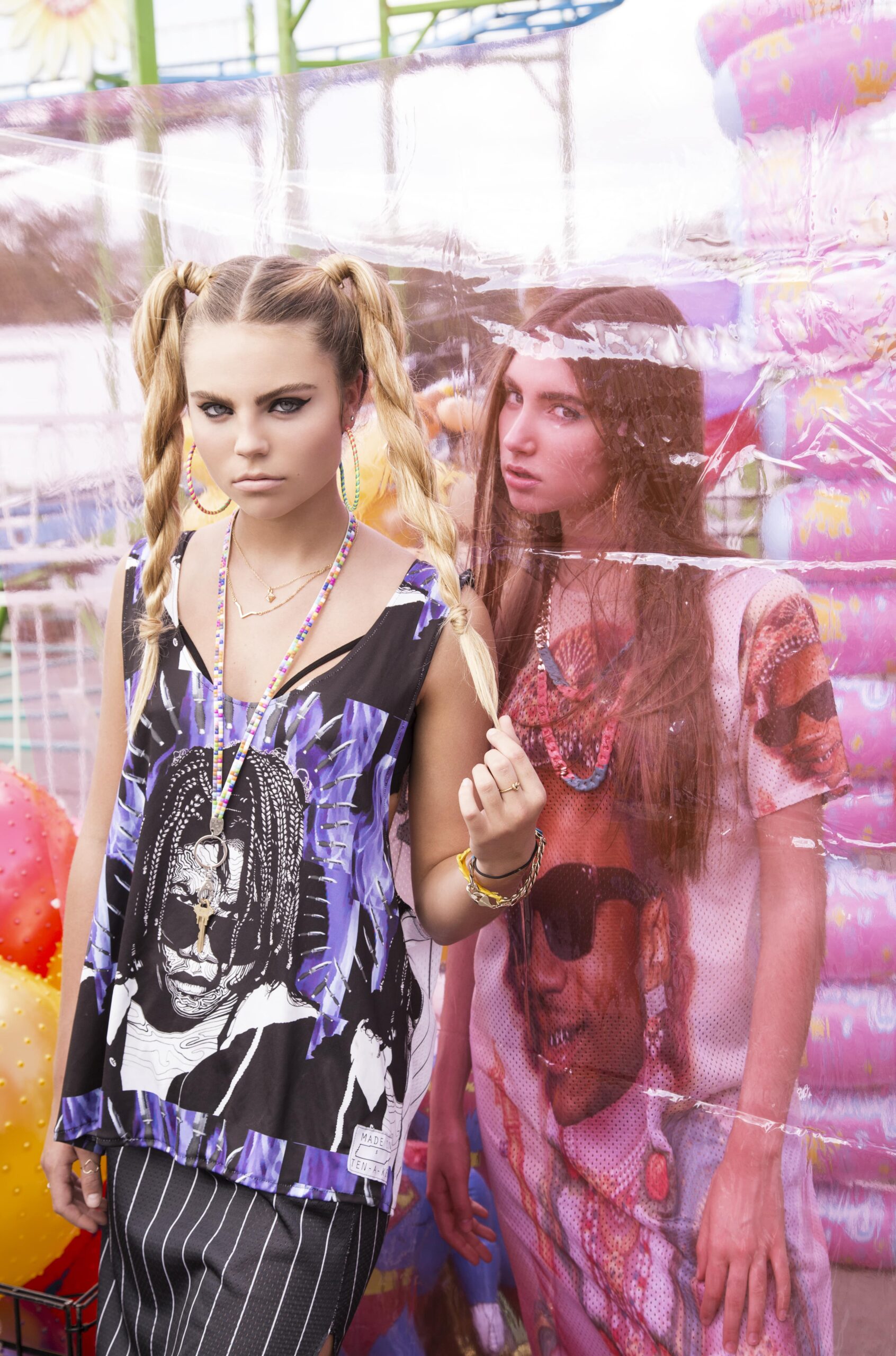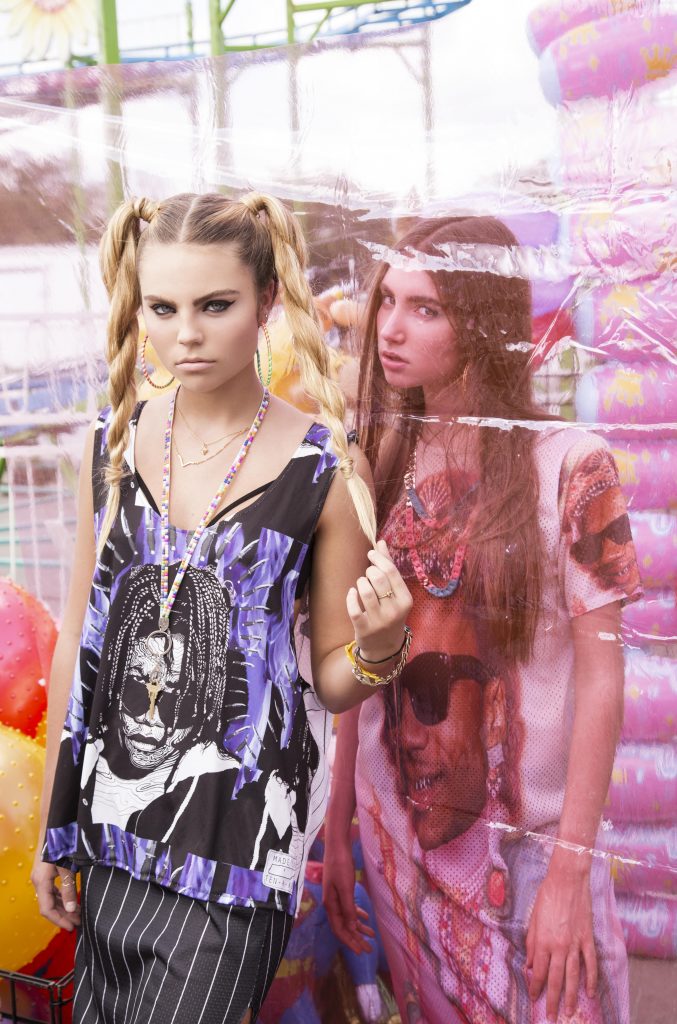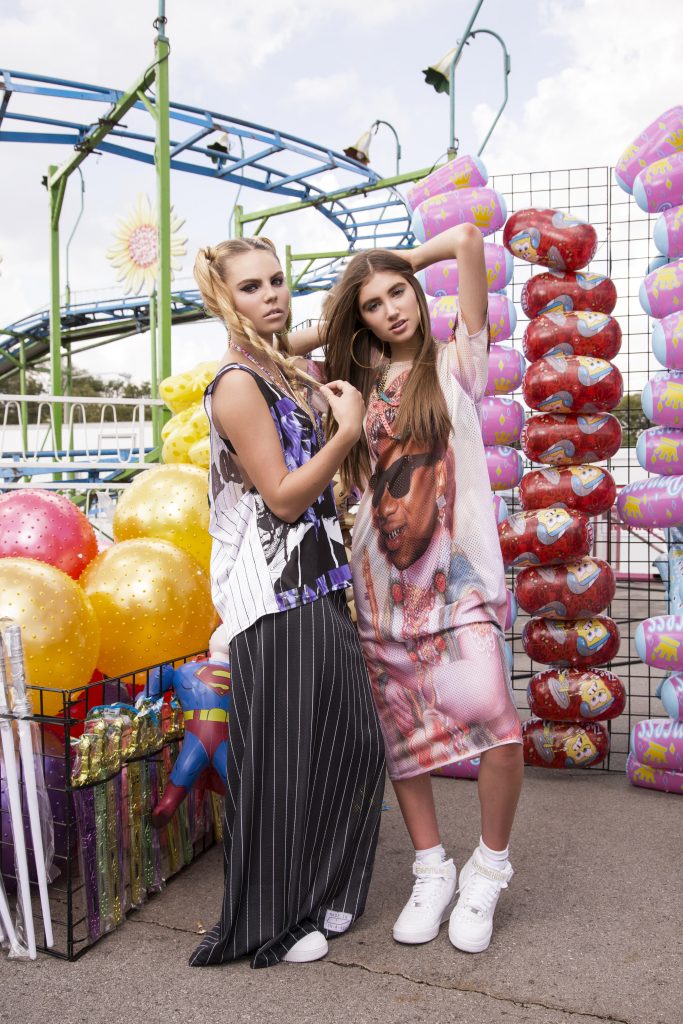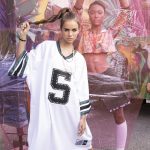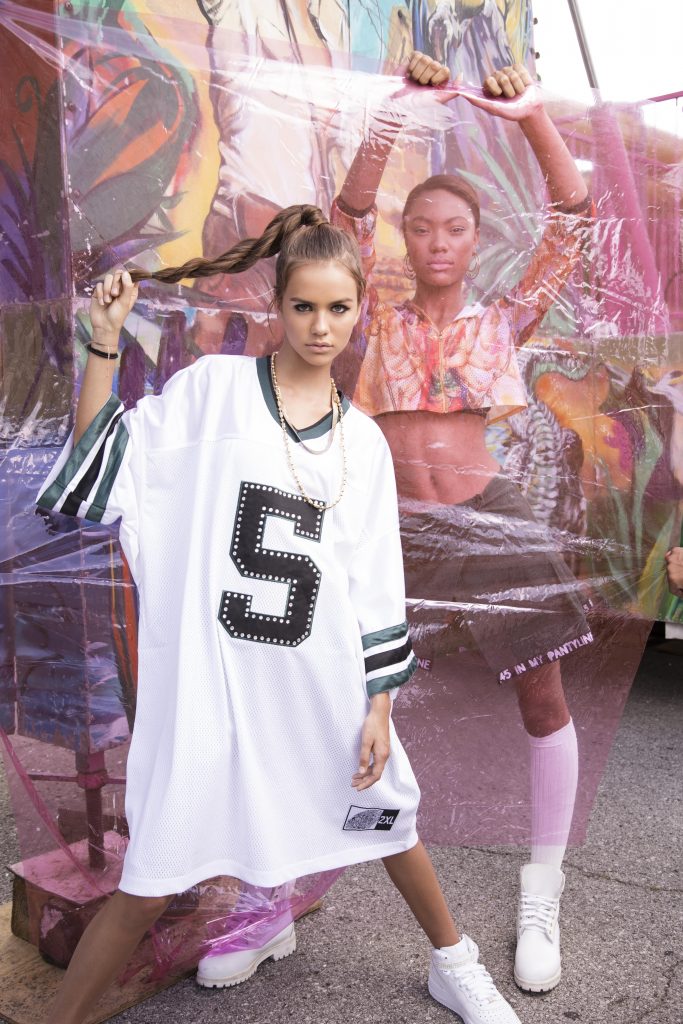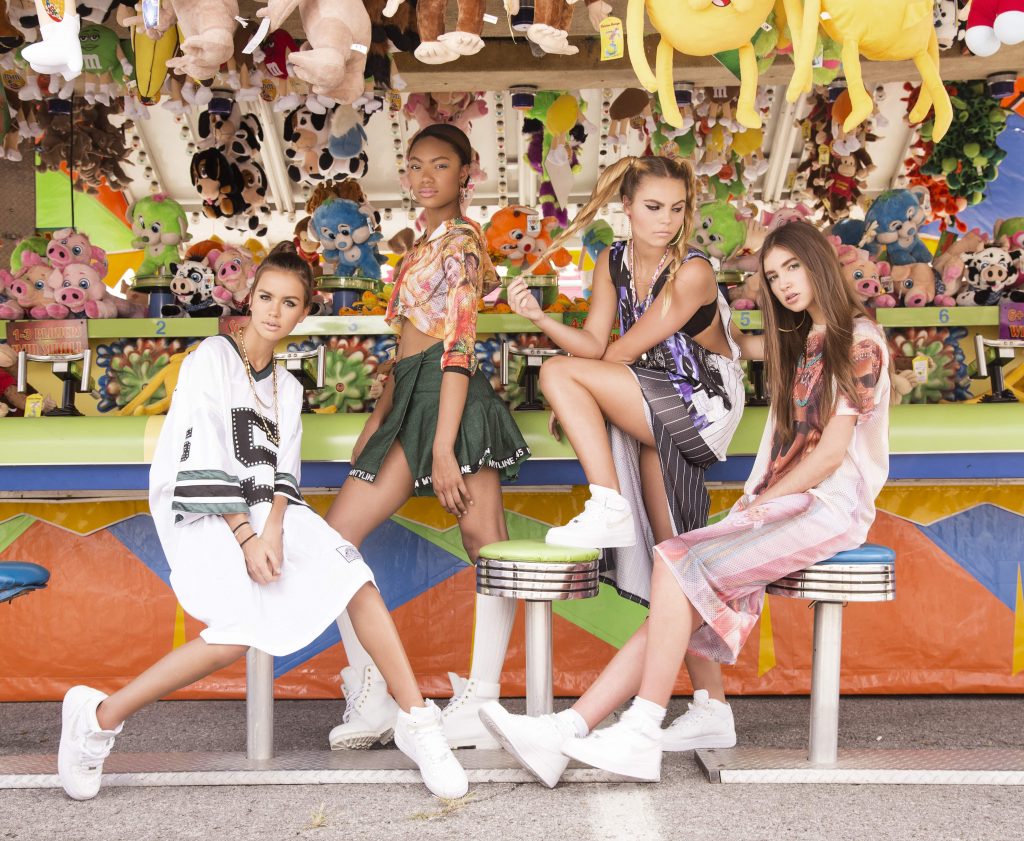
In 2014, it’s difficult to argue that Southern hip-hop is a marginalized subgenre of music. After all, this is the year that Juicy J contributed a verse to Katy Perry’s “Dark Horse,” a video that received nearly 600 million views on YouTube. It’s also the year that Iggy Azalea—an Australian that raps in an affected Atlanta accent and was discovered by T.I.—tied The Beatles’ Billboard Hot 100 record. Hell, Project Pat, Juicy’s older brother, even played the Mad Decent Block Party alongside Diplo and Big Gigantic.
For better or worse, Southern rap has become a fixture of mainstream consciousness (and mainstream speakers). The “Tennessee Thang” DJ Paul referred to on Three 6’s first platinum-selling single, “Stay High,” is no longer a style reserved for codeine-sipping, blunt-smoking dudes in Memphis. It’s a sound that hitmakers like Dr. Luke can rip off on a Katy Perry single; it’s an aesthetic that Miley Cyrus can misappropriate; it’s a flow that a Harlem rapper like A$AP Rocky can emulate on a Rihanna remix.
But twenty years ago, DJ Paul and Juicy J—and the rest of their Mason-Dixon compatriots—weren’t selling platinum records or touring across the country. Instead, they were ostracized by the East/West Coast scenes that ruled hip-hop at the time. Even Outkast was infamously booed at the 1995 Source Awards, leading a visibly frustrated André 3000 to proclaim, “The South got something to say!” before storming off stage.
Throughout the ’90s, Memphis’ rap scene proved that André was right. Artists like Tommy Wright III, Princess Loko, and La Chat indeed had something to say, but you probably weren’t going to hear them say it on the radio. They were the underdogs, the hometown heroes that valued putting on for their city over putting out hit records. To put it in Nashville terms, they were the Waylons and Willies of ’90s hip-hop. And they’re the inspiration for Nashville designer Isabel Simpson-Kirsch’s latest fashion line, Ten-A-Key (a reference to Young Buck’s verse on the aforementioned “Stay High”).
“All of the musicians I like are underdogs. That’s the music I can relate to the most . . . They’re in the underground, so they’re not trying to impress anyone. They’re just trying to do what they want to do,” Isabel says through the fog of incense gathering in her Edgehill home.
I look around as Aaliyah, Isabel’s lab mix, puts her paws in my lap. There are posters of everyone from Dolly Parton to Tyler, The Creator to the four-headed Hindu deity Brahma in here. This is the house of someone that’s “just trying to do what they want to do,” a house from the underground, a house belonging to a fashion designer who, much like the North Memphis rappers she idolizes, is creating art on her own terms—and she has her whole life.
Born in New York City and raised in West Nashville, Isabel spent her childhood dancing, horseback riding, scrounging through the bargain bins at Grimey’s, and “designing stuff since like the fourth grade. I had drawings and sketchbooks where I drew shoes and outfits [with titles] like ‘my outfit to go to dance class in.’ I don’t ever remember ever wanting to do anything else.”
Isabel’s dad, an NYC jazz pianist turned country songwriter, introduced her to the likes of Will Smith and Outkast, and—along with Isabel’s yoga instructor mom—encouraged Isabel to pursue art and dance at Nashville School of the Arts (NSA). But Isabel had already mapped out her post-secondary education years before enrolling in the magnet school. We’ll call it the Marc Jacobs track:
“I’d wanted to go to Parsons since pretty much like the seventh grade . . . I had always heard it was the best fashion and design school in the country. I heard it was prestigious—the Harvard of fashion schools—so I said, ‘That’s where I need to go.’”
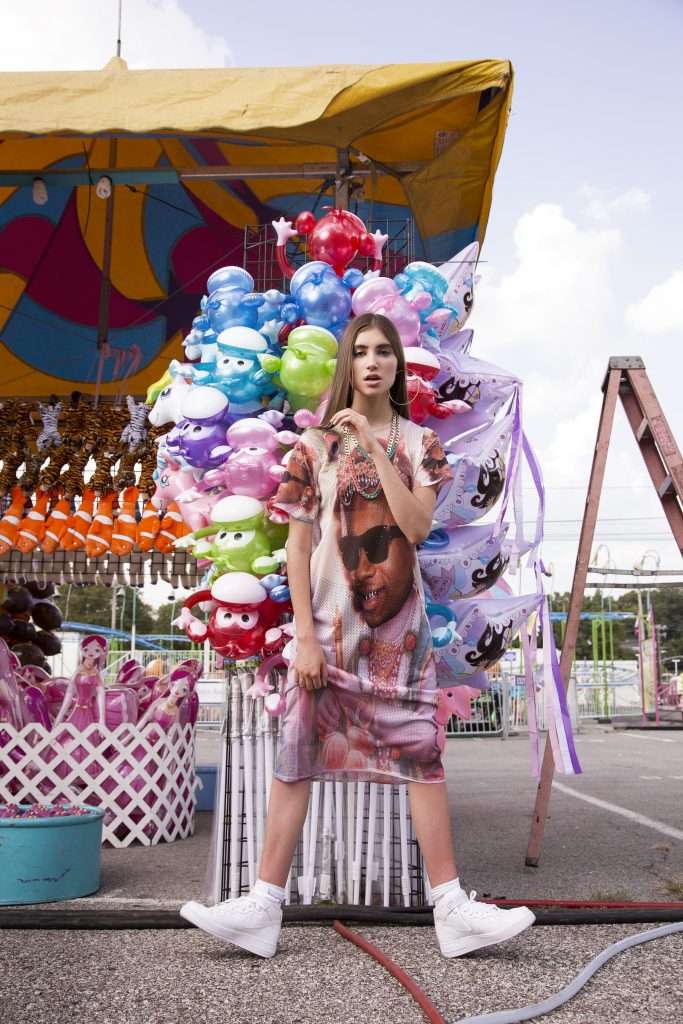
So Isabel started taking steps to do just that. From her early teens on, she spent her summers living with her grandparents in Pound Ridge, New York, in order to be closer to NYC’s fashion scene. By fifteen, she was networking and earning college credit via summer fashion programs at Pratt and Parsons. The programs led to an internship at Rebecca Taylor, and Isabel worked her first Fashion Week with the designer before she could drive.
“It was crazy to be this girl from Nashville who was just like, ‘Oh, I’m leaving school real quick to go do Fashion Week. I’ll be back in a few days.’ But it was what I wanted to do—it’s what I had to do to get where I wanted to be,” she explains nonchalantly.
After a portfolio she designed her senior year was selected as a finalist in the Council of Fashion Designers of America/Teen Vogue Scholarship Program, Isabel had an inkling that—barring death or a natural disaster—she’d probably get into Parsons. She was right, and the following fall she was on her way to New York with $5,000 of Teen Vogue–funded scholarship money and one hell of a resume.
I’m going to let you in on a little secret. It may come as shocking news, so brace yourself. On the whole, the fashion community isn’t known for its carefree, all-inclusive approach to conducting business. After all, this is the industry that spawned such valuable insights into the human psyche as “Nothing tastes as good as skinny feels” and “Sweatpants are a sign of defeat. You lost control of your life, so you bought some sweatpants” (I’m writing this in sweatpants just to spite you, Karl Lagerfeld).
Perhaps, then, it’s not surprising that some of the Parsons faculty were less than accepting of a kid from Tennessee with a penchant for Project Pat and clothes that, you know, actually stray from neutral color palettes. “From freshman to senior year, I think something like almost 70 percent of Parsons students drop out . . . From semester to semester, you don’t know what’s going to happen. I had the unfortunate experience of some people trying to make my life a living hell,” Isabel recalls. “Certain teachers in creative fields have a hard time understanding work that they don’t want to or care to understand.”
That, in conjunction with cut-throat students, one-too-many sleepless nights in front of a sewing machine, and the general depression that often comes with living in New York, understandably took a toll on Isabel. You can only live in the fashion equivalent of The Social Network so long before you reach a breaking point.
“It was so much pressure and there were so many sleepless long nights sewing my ass off,” Isabel remembers with a look of dread. “I thought, ‘Oh my God, I just need something. I’ll just watch some Lil B videos to keep me entertained while I’m working until 4 a.m., going back to bed, and waking back up at 6 to do three more hours of work before I get on the train to go to class. Why not listen to some interesting music that keeps me awake and keeps me entertained and keeps me inspired?’”
She didn’t realize it at the time, but Isabel had stumbled upon the muse for her Parsons senior thesis collection. If you’re not familiar with Lil B (a.k.a. The BasedGod), I am (a.) honored that I get to introduce you to one of the most enigmatic and polarizing rappers of the past decade and (b.) going to attempt to briefly explain The BasedGod’s message, which in and of itself warrants a whole other article(s).
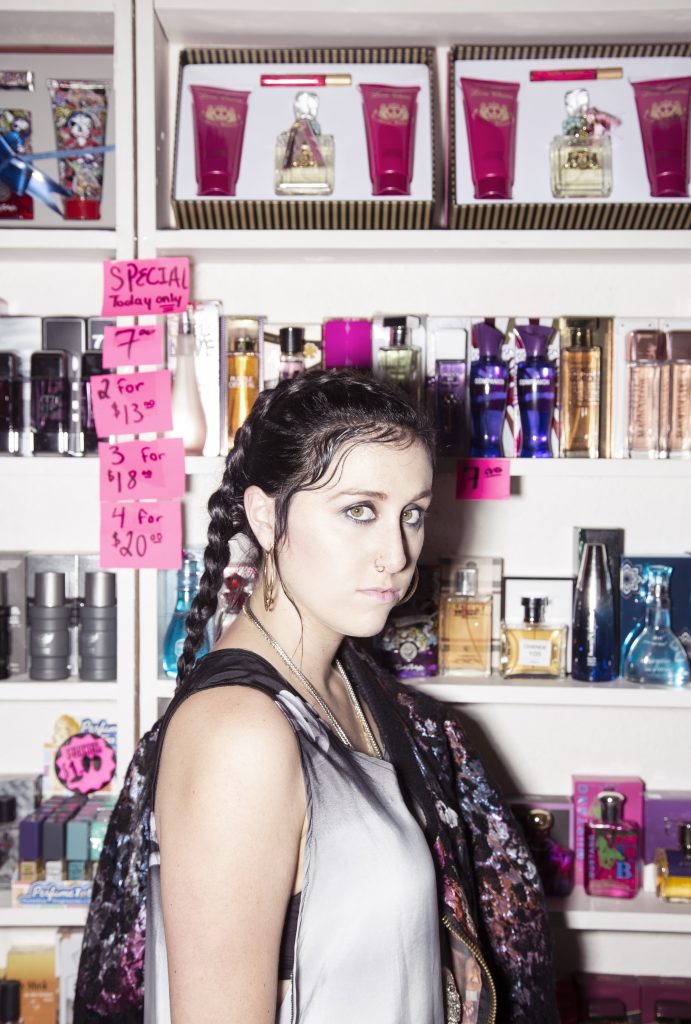
Lil B is a twenty-five-year-old emcee, author, and occasional motivational speaker who has been called everything from “the vanguard of hip-hop” to “a post–Lil Wayne deconstructionist,” whatever the hell that means. Think of him like hip-hop’s answer to The Room. He writes absurdist, stream-of-consciousness raps (often about celebrities like Miley Cyrus, Charlie Sheen, and Hillary Clinton) and encourages his fans to live a pseudo-spiritual lifestyle free of materialism, regret, and jealousy. He calls this the “Based” life, and if you subscribe to this ideology, you are called a Based individual.
“What was so inspiring to me at the beginning of my Lil B obsession was that he was an artist who was doing exactly what he wanted without giving a fuck about what anybody else thought,” Isabel begins. “That’s why you hear him making sounds on songs and meowing like a cat. I think it’s so beautiful to give that little amount of fucks . . . So I said, ‘Let me do that. Let me get like that.’”
As was the case with Isabel’s decision to attend Parsons (which Isabel tells me is “so not Based”), once she set her mind on working the Based philosophy into her work, she couldn’t be stopped. She brought the idea to her professors, Max Wilson (former vice president of women’s design at Polo Ralph Lauren and former senior designer at Calvin Klein) and Caroline Simonelli, who—after learning about the peace, love, and positivity associated with the Based life—encouraged Isabel to incorporate elements of Hinduism into her designs. And just like that, Isabel had a line of jerseys, dresses, gym shorts, and sneakers, all of which featured images of Lil B’s face superimposed over the face of Hindu gods, by the end of her senior year.
Once the collection was revealed at Parsons’ end-of-the-year senior thesis show, Isabel was immediately Internet famous. In a matter of weeks, she was receiving press from The Fader, VICE, and Complex, and the Based Collection was made available for sale via VFILES. Shortly after, Katy Perry donned one of the Based dresses while attending a Miley Cyrus show, which prompted Lil B to record a song titled—you guessed it, “Katy Perry.” It’s a bizarre overnight sensation story, and the surreality certainly isn’t lost on Isabel.
“It was so crazy and random that Katy Perry wore my dress . . . I had been looking at a Katy Perry video that morning [the morning of the Miley Cyrus show] and thinking, ‘I don’t know how I feel about her.’ And then later that night, a friend texted me a picture and said, ‘Hey, did you know Katy Perry wore your dress to the Miley show?’”
Isabel continues with a smirk, “Of course, Lil B’s teaching me a universal lesson—don’t talk shit about Katy Perry, or she’s going to wear your dress and make you feel bad about questioning her talent.”
The BasedGod works in mysterious ways.
Now, months after receiving a small mountain of press, emailing with Lil B (he called the collection “beautiful”), and developing a newfound appreciation for Katy Perry, Isabel has returned home to Nashville, where she’s enjoying the success of her Ten-A-Key line. Like the Based Collection, Ten-A-Key consists of quasi-athletic streetwear like skirts and oversized jersey dresses. The general cuts and loose fits remain as well, but Brahma and Shiva have given way to illustrations of Project Pat and Al Kapone (rendered by her friend Dylan Betz, whom she fittingly met at a Lil B show).
Aside from her identification with the rappers’ place as outsiders in their field, Isabel featured these relatively obscure members of the Memphis rap scene in an attempt to weed out dilettantish fans of the scene. These are clothes designed by and for aficionados of all things trill—the kind of people that paw through stacks of forgotten mixtapes at record stores and geek out when they see Princess Loko lyrics on the elastic waistband of a skirt. (One such garment from Isabel’s collection features the Loko line “Blow away your brains with this .45 in my pantyline.”)
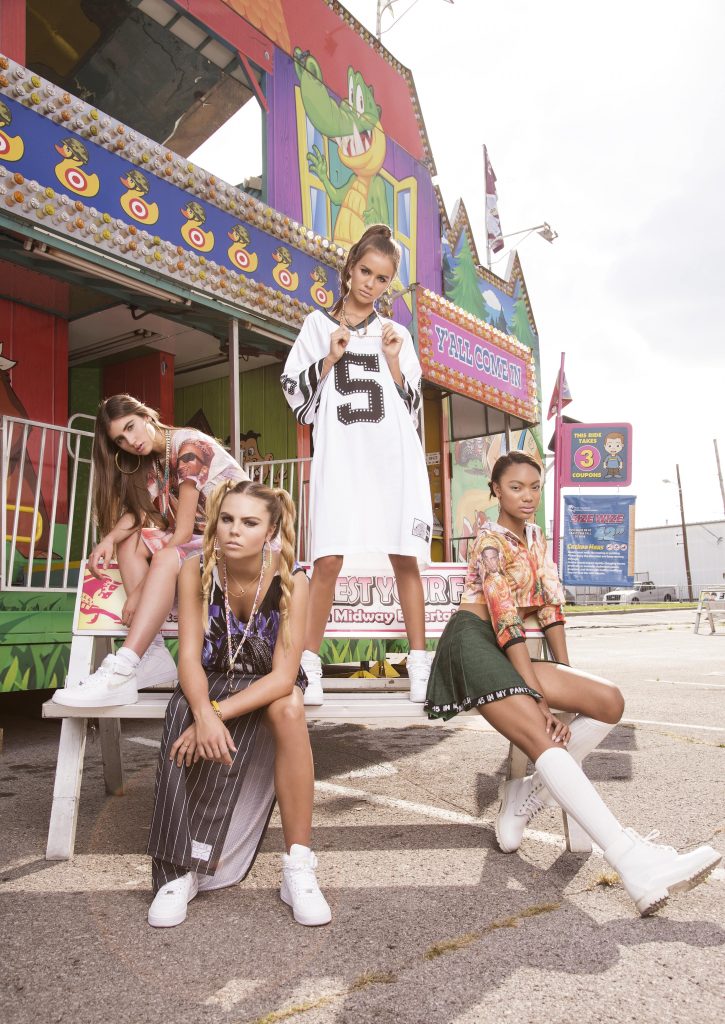
“To me, as a Tennessean, it’s so important to know the history of this place, and this state, and the people here. So many creative people have come from this state. It’s unreal. What happened in Memphis in the early ’90s—all of that music—is too incredible for me not to put a little shine on it,” Isabel says earnestly.
One of those “creative people” is award-winning director and Nashville native Harmony Korine, who Isabel works for part time as a studio art assistant. “Working for him is inspiring as fuck,” Isabel explains. “He has so many amazing ideas, and he really puts on for Nashville. He’s successful, famous, and could live anywhere in the world, but he chooses to raise his kid and live with his wife in Nashville.” Harmony also shares Isabel’s love of Memphis rap—she accompanied him and his wife to a Project Pat show back in March.
So what’s next for Isabel S-K? She’d eventually like to host exhibits, fashion shows, and parties at a collaborative art and events space in town. But as far as the immediate future is concerned, she’s currently engrossed in a new line that, like her previous work, will feature illustrated caricatures. This time around, however, she’s looking to include “OG country stuff”:
“It’s just something that I’ve always wanted to do—I was making paintings of Dolly Parton when I was in ninth and tenth grade. She’s always been a personal hero . . . The collection will be country-inspired casual, street-style type clothes, but not corny like Jeremy Scott. Not fringe on a running jacket or not, like, cowboy boot Nikes, ya know?”
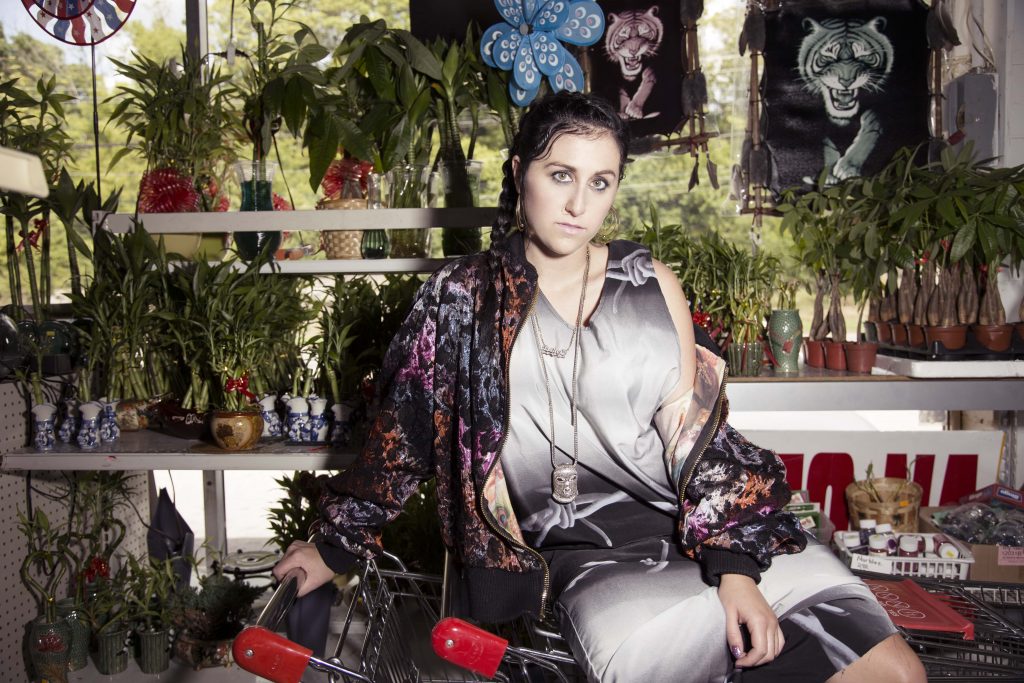
She envisions the collection as a collaboration with local artist Ferrell Garramone, who will paint kitschy, nudie mag–inspired art to complement Isabel’s work. Like Ten-A-Key, the upcoming pieces are a nod to Tennessee’s—and more specifically Nashville’s—history, a subject that Isabel believes has been sorely overlooked during Nashville’s current economic and artistic growth.
“There are so many people moving here to try and be successful . . . It’s cool that people are interested in this city, but I don’t think it’s cool how it’s changed it. There’s a lot of stores and restaurants here that are geared strictly toward the Los Angeles crowd,” she says with a sigh.
“It’s like, oh, y’all are taking these historic places—places that I’ve seen my whole life—and you’re turning them into something trendy because you think it’s cool? That’s part of the reason I moved back. I felt like, ‘Hey, there’s so many people moving to Nashville and so much attention being drawn here. I’m from here, so I need to get back and represent my town. I need to get back and put on for Nashville—the real Nashville.’”
As a fellow Tennessee native, Memphis hip-hop head, and “OG country stuff” fan, I think you’re putting on for Nashville just fine, Isabel.
Suggested Content
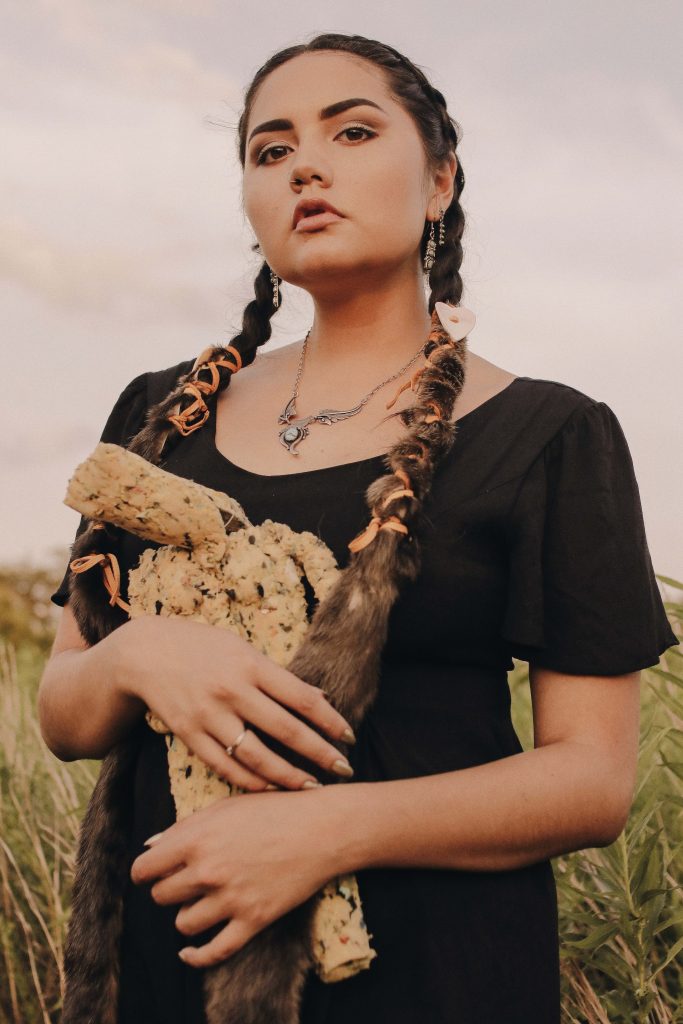
Chelsea Kaiah James
Why aren't there any ears sculpted onto the presidents of Mt. Rushmore? Because American doesn't know how to listen. - Unkown
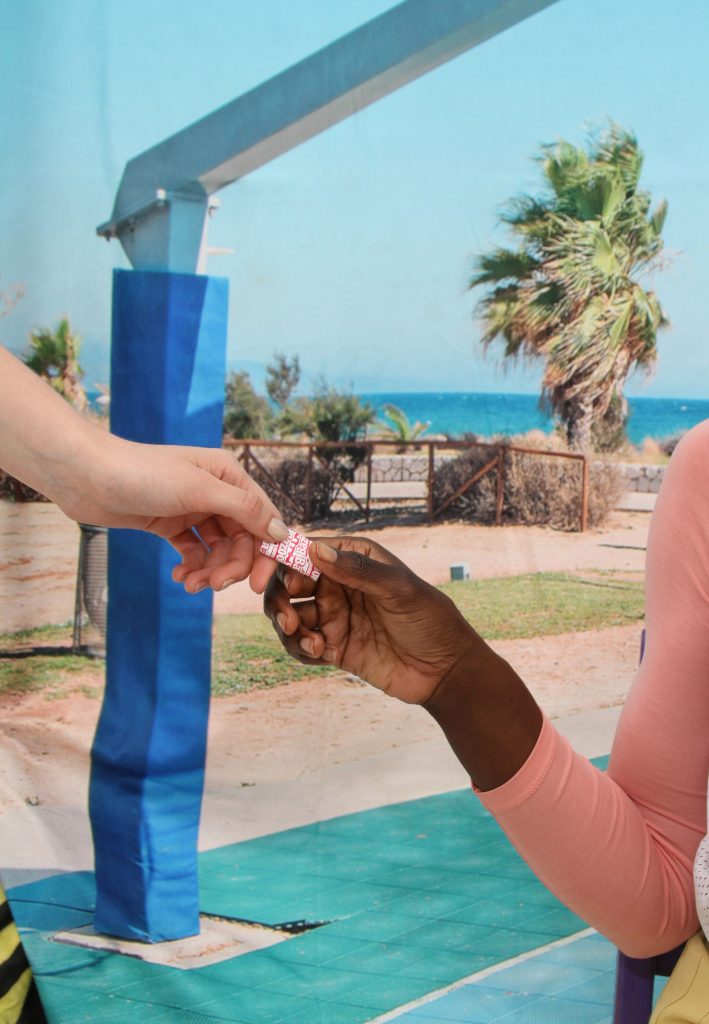
Contributor Spotlight: Dylan Reyes
When I create, I often think of what Johannes Itten said, “He who wishes to become a master of color must see, feel, and experience each individual color in its endless combinations with all other colors.”. I’m also inspired frequently by love and loneliness and want folks consuming my work to be encouraged to start paying attention to the little details in everyday life, appreciate the simple things, and let them eventually inspire you! Ultimately, I’m just trying to become a mother fuckin master of color.
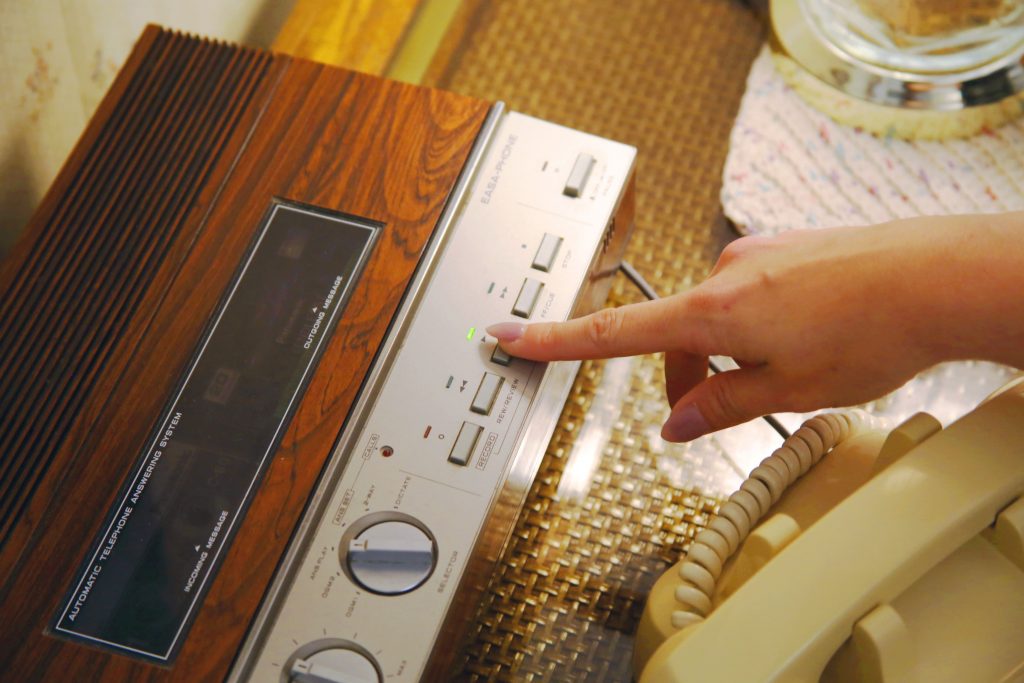
Secondhand Sorcery
A look inside the beautifully cheesy world of Crappy Magic

